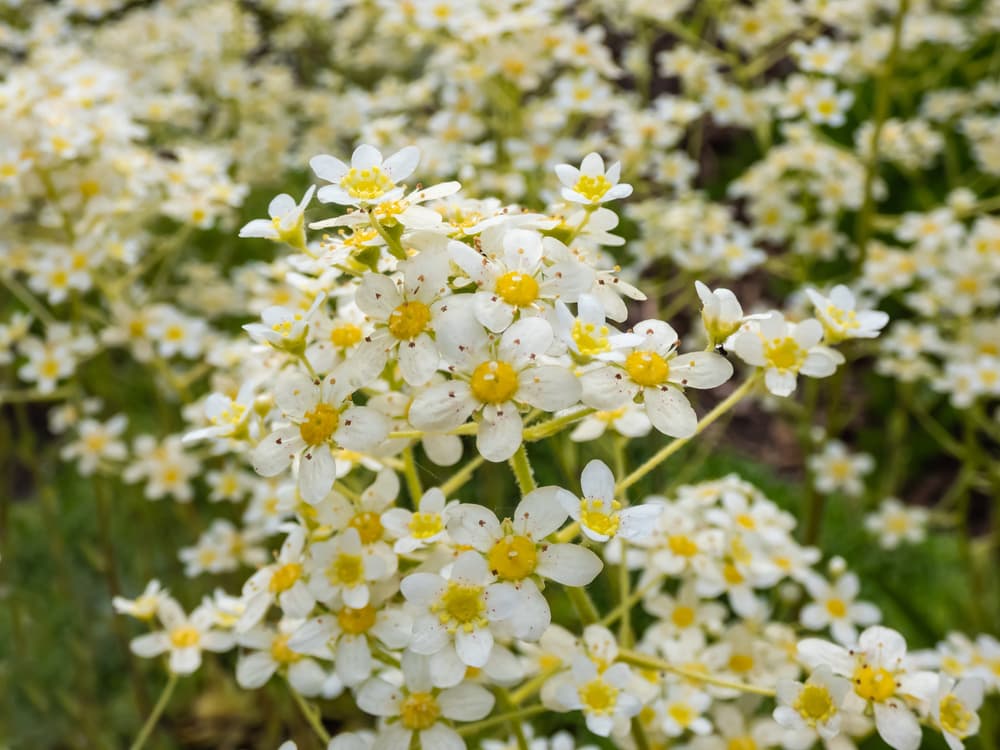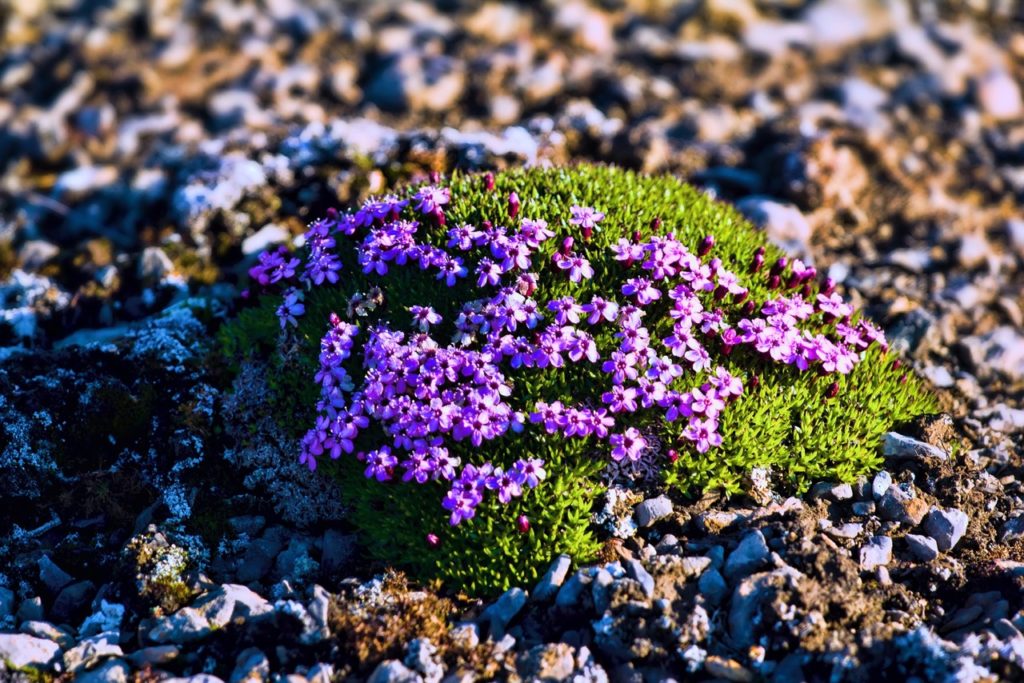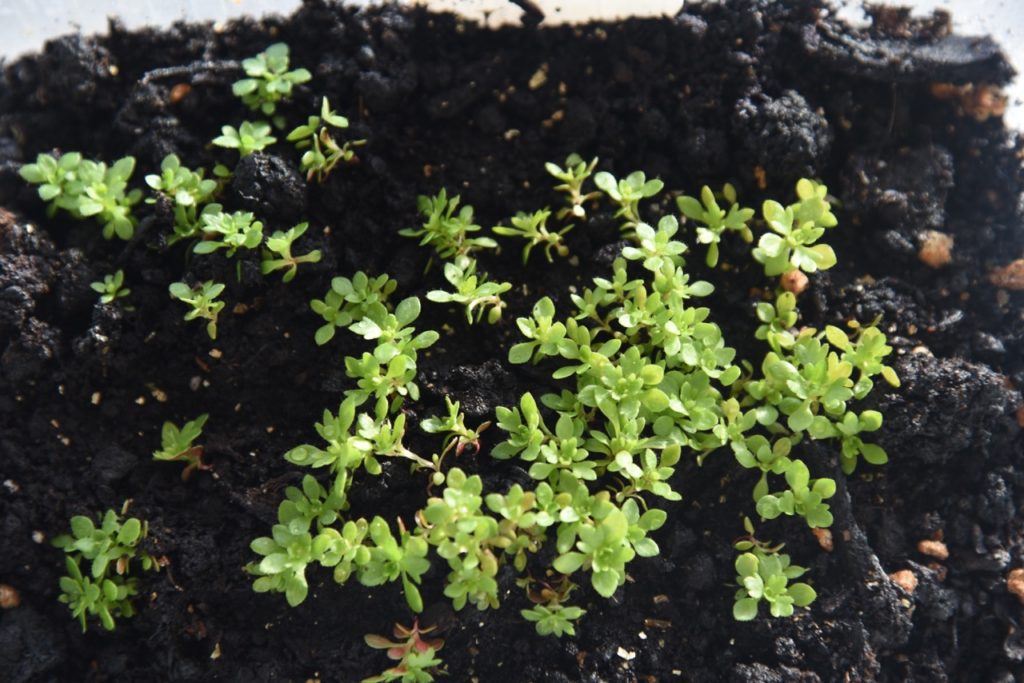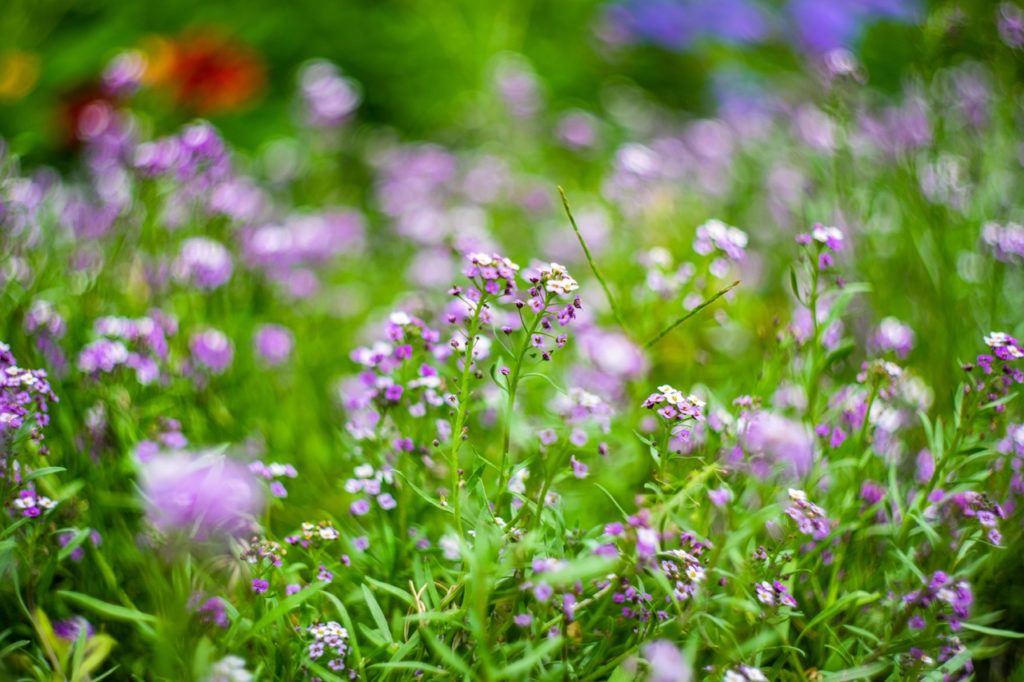BULBS > SAXIFRAGA

Elizabeth is a Permaculture Garden Designer, Sustainability Consultant and Professional Writer, working as an advocate for positive change. She graduated from the University of St. Andrews with an MA in English and Philosophy and obtained a Diploma in Applied Permaculture Design from the Permaculture Association.
Reviewed By COLIN SKELLY

Colin is a Horticulturist and Horticultural Consultant with experience in a range of practical and managerial roles across heritage, commercial and public horticulture. He holds the Royal Horticultural Society’s Master of Horticulture award and has a particular interest in horticultural ecology and naturalistic planting for habitat and climate resilience.
SAXIFRAGA GUIDES
Saxifraga is the name given to a section of saxifrages which are mat-forming, evergreen perennials.
They are popular for growing in rockeries, containers, stone walls, and as ground cover or bed edging in free-draining locations.
Overview
| Botanical Name | Saxifraga |
| Common Name(s) | Saxifrage |
| Plant Type | Perennial |
| Native Area | Northern Hemisphere |
| Hardiness Rating | H4/H5 |
| Foliage | Evergreen |
| Flowers | Flowers with 5 petals in shades of white, pink, yellow or red |
| When To Plant | September-November |
Sunlight
Preferred
Full Sun or Partial Shade
Exposure
Sheltered
Size
Height
0 – 0.1M
Spread
0.1 – 1M
Bloom Time
Summer
Soil
Preferred
Chalk, loam or sand
Moisture
Well-drained
pH
Alkaline to neutral pH
Saxifraga is a large genus within the Saxifragaceae family.
The genus is said by Kew Royal Botanic Gardens to contain 475 accepted species of mostly perennial plants, commonly referred to as ‘Saxifrages’ or ‘Rockfoils’.1Saxifraga. (n.d.). Kew Royal Botanic Gardens. Retrieved March 24, 2023, from https://powo.science.kew.org/taxon/urn:lsid:ipni.org:names:30002955-2
The plants in this genus are inhabitants of Arctic-alpine environments, and they are rarely found outside temperate regions of the Northern hemisphere.

However, they grow in many temperate regions, including those that are at high elevations, and even in glacial habitats.
Many Saxifraga species and hybrids derived from them are now frequently cultivated as ornamental plants in UK gardens.
They are often used as ground cover and for rock or alpine garden planting schemes.
Many are hardy and most can remain outdoors year-round, though some do require protection from winter wet.
Common Varieties
There are far too many species of saxifrage that you might grow to name them all, but some of the most popular and highly regarded species and cultivars are:
S. fortunei

S. paniculata

S. marginata

S. x urbium

S. x arendsii

S. oppositifolia ‘Splendens’

S. federici-augusti subsp. grisebachii

S. stolonifera

How To Grow Saxifrage
Saxifraga can be relatively easy to grow, both in the garden and in containers.
The most important thing to consider when growing these plants is providing the right growing conditions.
Most will do best in full sun or light shade.
Note that when growing saxifraga, while all members of this genus share some characteristics and requirements in common, there are different groups that require somewhat different conditions.
Some are less fussy, some need full sun, whilst some need a little more moisture and do best in partial shade.

One other very important consideration is where you will grow the saxifraga that you have chosen.
Some will be wonderful at the front of a bed or border; others look wonderful in a stone trough, growing on a stone wall or in a rockery.
Alpine types, naturally, work wonderfully in an alpine garden planting scheme.
Some saxifrages can spread prodigiously, while others are smaller and more delicate plants that could get lost in too fussy a planting scheme.
As such, choosing the right option for your needs and wishes is important.
Saxifrage Care Guidelines
When they are chosen wisely and placed in the right location with the right growing medium and shade levels, saxifrages are pretty low-maintenance plants that typically won’t require a huge amount of care and attention.
Soil Requirements
Saxifrages typically require well-drained conditions and alkaline or neutral growing medium or soil.

A moderately fertile soil or growing medium is best for most types.
Providing a well-drained medium is the most important thing, as overly damp or waterlogged conditions are the main thing that can cause a problem in their care.
Watering
When growing in the ground, saxifrage of most types and species will require little additional watering, except during prolonged periods of drought.
When growing in containers, you will typically need to provide some water more frequently, but should still be circumspect in the amount of water you provide.

It is often a good idea to mulch around saxifrage plants with grit or gravel to prevent waterlogging around the crown of the plant.
Feeding
In a moderately fertile growing medium, additional feeding will not typically be required for most saxifraga varieties.
Pruning & Deadheading
No pruning is required, though, if you wish, you can prune off faded flower heads.
Propagating
The method for propagation of saxifraga will depend on the particular species and variety that you are growing.

However, most are grown from either seeds, offsets or purchased as plants, and some can be grown from bulbs.
Common Problems
The most common problem that arises with many saxifrages is excessive water or waterlogged conditions.
These are plants that must have well-drained conditions and failure to provide these can lead to a range of problems, especially in winter.
Mature clumps of saxifraga can also turn brown, old and woody at the centre if they become too congested.

To keep the plants healthy and looking good, you should divide mature clumps in the spring once they show signs of getting a little old at the centre.
Aside from this, these plants can be susceptible to infestation from aphids, vine weevils and red spider mites.
They can also be eaten by slugs.
FAQs
Are Saxifragas Perennial?
Most saxifrages are perennial and will remain in place in a garden over a number of years.
However, there are also a few annual and biennial types.
Can You Grow Them In A Pot?
Yes, many saxifrages are perfectly suited to container cultivation.

Just remember that they need well-drained conditions and excess water must always be able to drain away freely from the base of the pot.
Does Saxifraga Spread?
Saxifrages do spread well, though some will be mat-forming and spread out over a larger area while others will remain smaller and make compact cushions of foliage and flowers.
“In one garden that I have worked in S. x urbium, London Pride, grew on the surface of a granite outcrop,” shares Colin Skelly, a Master Horticulturist.
“Initially planted to the side of the rack, it spread into the mossy growth on the top and eventually spread across the whole rock and was dense enough cover to prevent other plants from germinating.
“Many other species are more diminutive and less able to stand up to any competition.”

Some form rosettes, while others spread to form carpets over an area of the ground or another location, such as the surface of a stone wall, for example.
If you want a plant to spread and create good ground cover, it is important to choose the right saxifraga species for the situation.
Is Saxifraga An Evergreen Plant?
Many saxifrages are evergreens and will keep their leaves year-round, but others are herbaceous types.
Again, it is important to look for species and cultivars that meet your own specific desires and requirements when choosing the right saxifraga for your garden.
References
- 1Saxifraga. (n.d.). Kew Royal Botanic Gardens. Retrieved March 24, 2023, from https://powo.science.kew.org/taxon/urn:lsid:ipni.org:names:30002955-2

